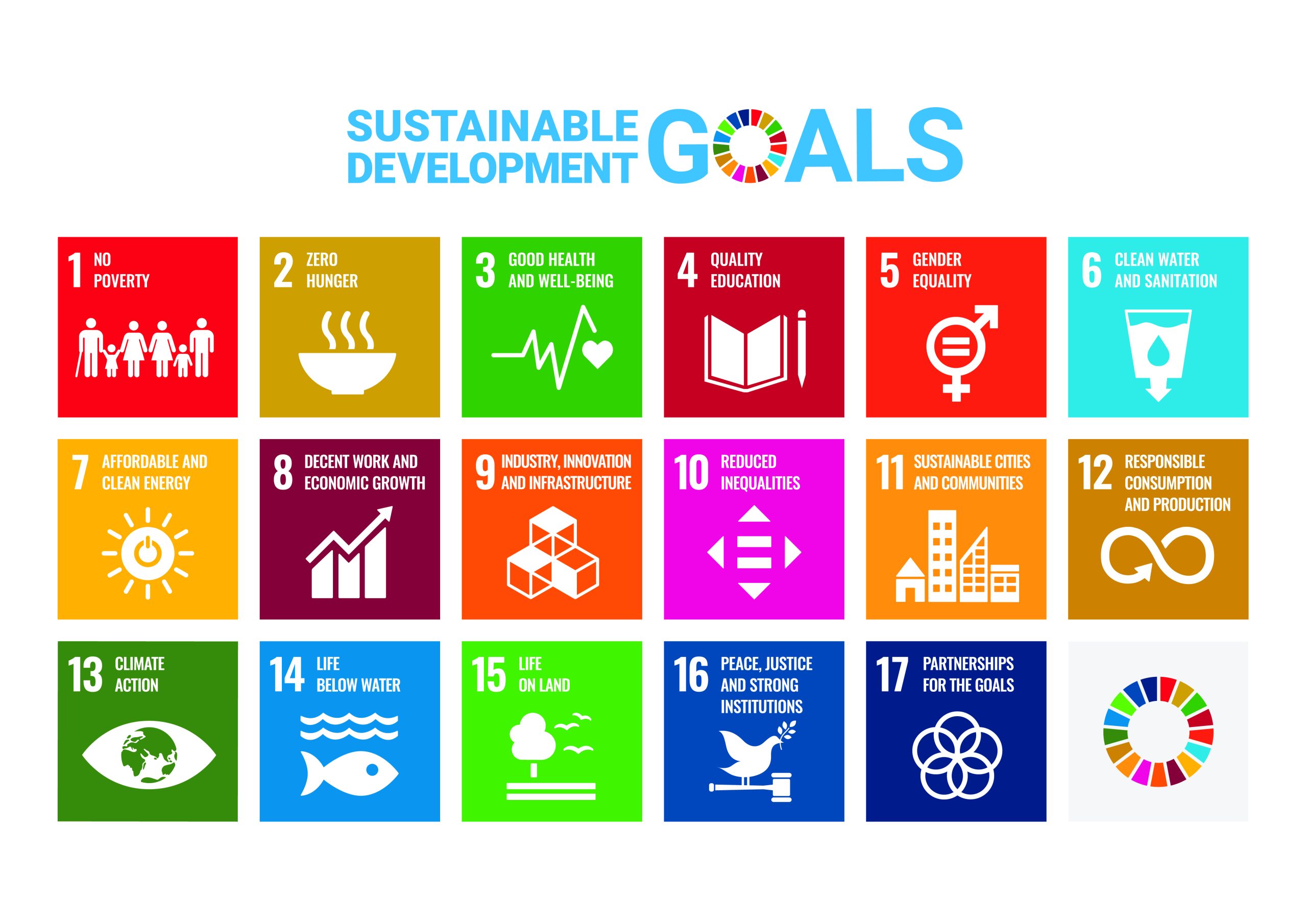Introduction
Welcome to an inspiring journey of innovation and global impact.
This book showcases the unique Collaborative Online International Learning (COIL) experience, where international students and local businesses collaborate to foster innovations that resonate with the United Nations Sustainable Development Goals (SDGs). Engaging in real-world projects, these students bridge academic theory with practical application, enhancing cross-cultural communication and teamwork.
From an instructional perspective, the key objectives of this initiative are threefold.
1) To transform learning into an engaging, experiential process. By intertwining theoretical knowledge with real-world practices, the program cultivates not just academic understanding but also managerial skills and life-savvy insights. This is learning designed not merely to inform but to inspire, equipping students with the competencies needed for long, fruitful careers.
2) To foster empathy and a deep understanding of cultural nuances through the experience of working in multicultural teams.
Finally, 3) To cultivate an approach that demonstrates that the students don’t just learn about sustainability and cross-cultural management theoretically; they live it, creating a body of work that stands as a testament to their efforts and learning.
This six-week venture unites students from diverse locales, spanning six countries across four continents, in a vibrant online environment via Google Classroom. Their primary task involved conducting appreciative inquiry interviews with businesses, uncovering sustainable innovative practices. The insights gathered were transformed into engaging narratives for the AIM2Flourish platform, supplemented by critical reflections and informative posters. These posters were then featured in a pioneering virtual Metaverse exhibition, promoting a culture of mutual appreciation and interactive learning. This program melds academic inquiry with real-world practice, equipping students with essential skills in cross-cultural collaboration and digital engagement, crucial in the evolving socio-technical landscape.
This book is structured to guide you through various perspectives of the SDGs, organized into distinct sections, each focusing on one of the goals, progressing systematically from 1 to 17. The chapters, predominantly student-authored, offer more than academic insights. They are a testament to cross-cultural understanding, a deeper grasp of sustainability, and a collective vision for a sustainable future.
Yang Hoong, Instructor, University of Guelph, Canada
This book is organized into 5 parts each describing student reflections and stories revolving around the 5P framework of People, Prosperity, Planet, Peace, and Partnership (adapted from the January 2015 address to the UN by Secretary-General H.E. Mr. Ban Ki-moon). The SDGs are listed below. They were categorized as follows: People (SDGs 1, 2, 3, 4, 5), Prosperity (SDGs 7, 8 , 9, 10, 11), Planet (SDGs 6, 12, 13, 14, 15), Peace (SDG 16), and Partnership (SDG 17).
SDG 2


